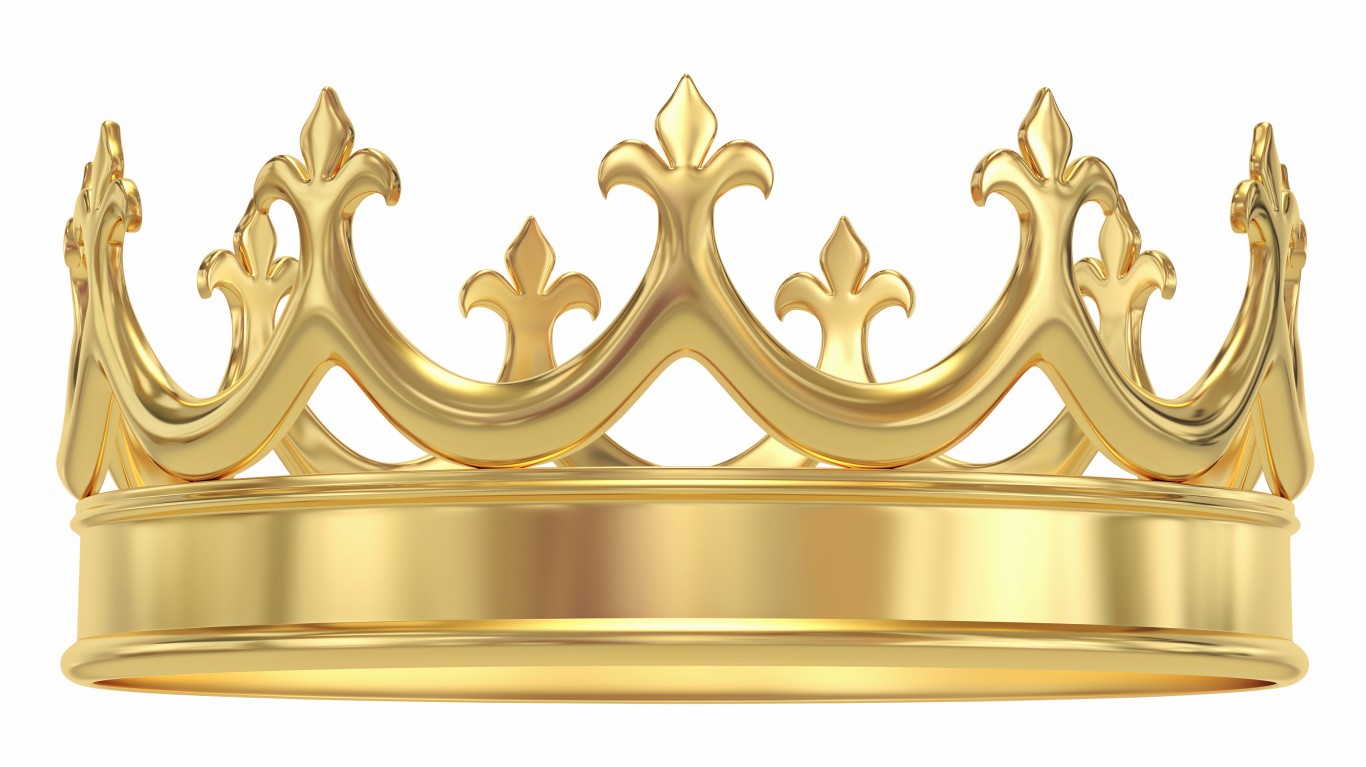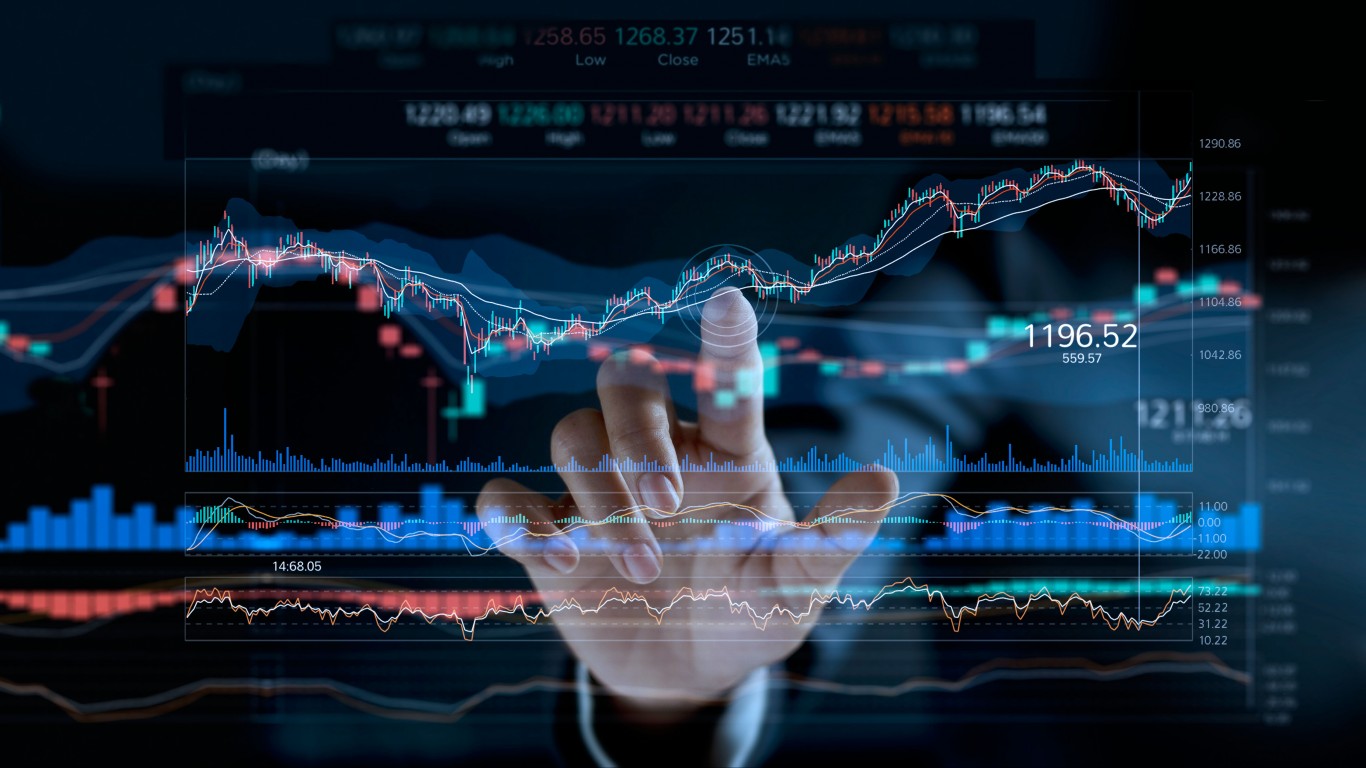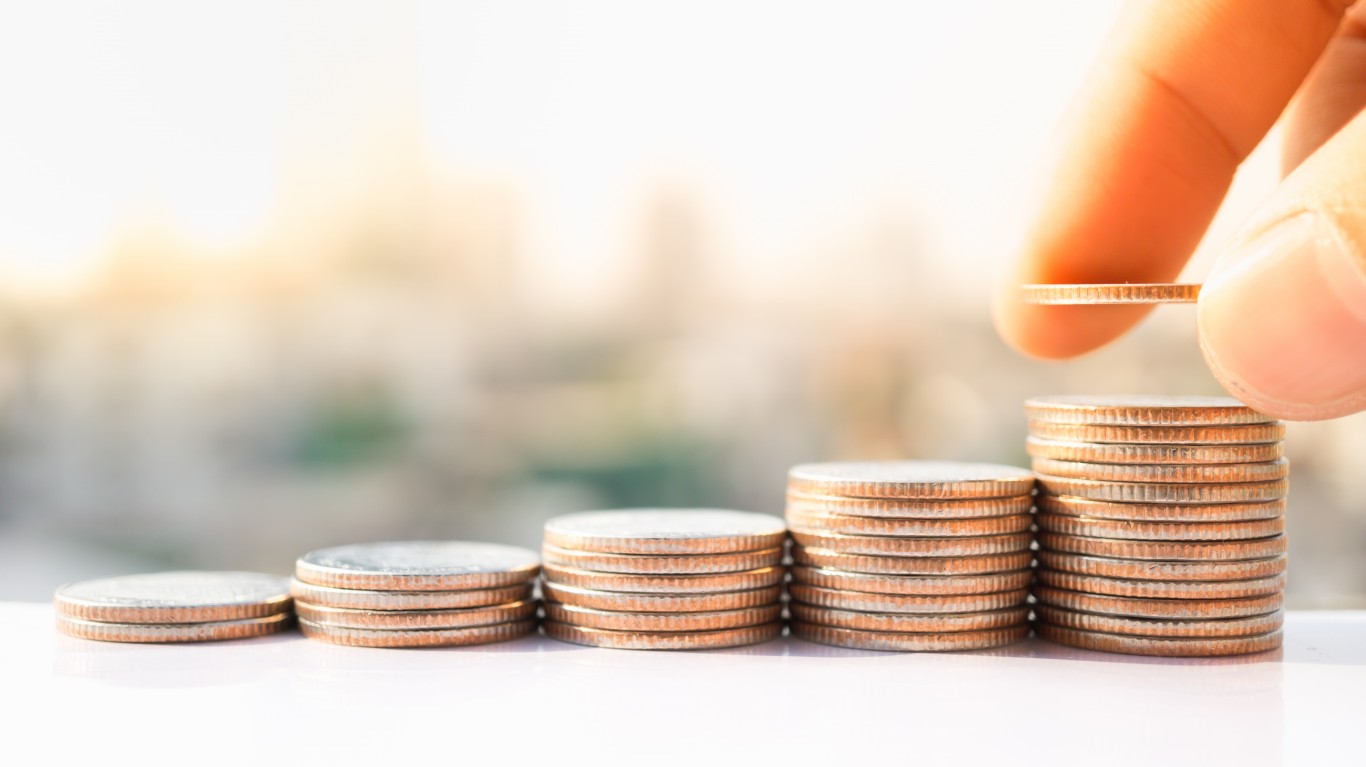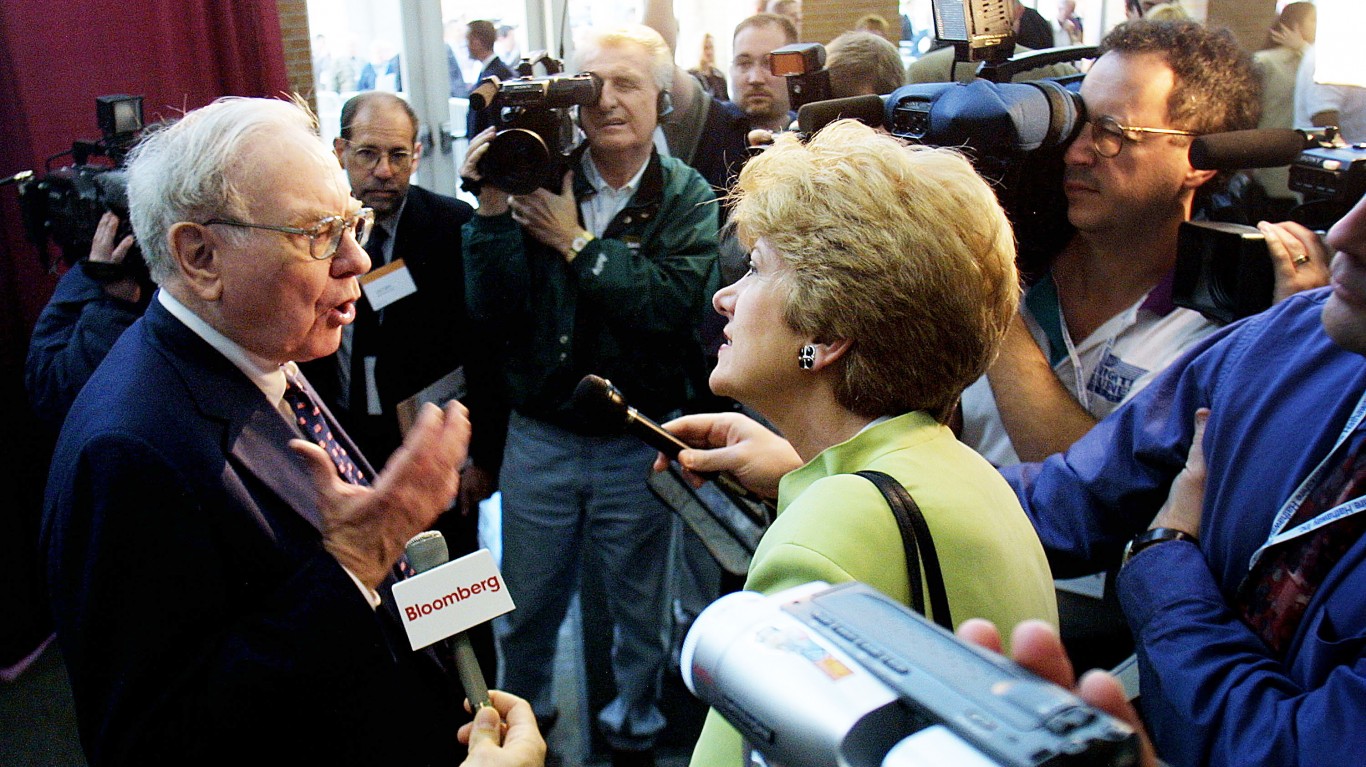
A key component of income investing is a portfolio that includes safe dividends, those that are unlikely to shrink or disappear. Recognizing when a dividend is stable and safe can be a challenge. Yet, certain metrics can offer clear signs for the investor looking to establish or shore up such a portfolio. What do these metrics tell us about the quarterly dividend at 3M Co. (NYSE: MMM)?
3M’s most recent payout was $1.50 a share, and the yield is now about 5.5%. If it follows the well-established pattern, the next ex-dividend date will be in mid-February. The current yield is better than that of industrial conglomerate competitors Danaher Corp. (NYSE: DHR), General Electric Co. (NYSE: GE) and Honeywell International Inc. (NASDAQ: HON). It is also well above the 1.4% industry average.
Dividend Aristocrat?

Note though that for the past few years, the annual increase has been by only a penny per share. Some wonder if 3M may be forced to cut its payout due to legal headwinds, thereby losing its Dividend King status.
Other Valuation Metrics

The dividend payout ratio indicates how much of a company’s earnings are paid out as a dividend. It is a sign of how safe a company’s dividend is and how much room it has for future growth. The higher the ratio, the greater the risk. Income investors often look for a dividend payout ratio of less than 60%. Alas, 3M’s current dividend payout ratio is over 61%, and it has been higher than that at times since 2018.
A look at free cash flow reveals whether the company has the funds required for its payout, as well as for share repurchases or even paying down debt or making acquisitions. As of last September, 3M’s free cash flow was about $3.5 billion for the trailing 12 months, which is lower than the $4.0 billion for 2022 and $5.9 billion for 2021. Income investors prefer growing free cash flows, but that has not been the story at 3M for the past couple of years.
Return on invested capital is a measure of how well a company allocates its capital to profitable projects or investments. Again, the thing to look for is stability, specifically a double-digit ROIC over many years. However, 3M’s current ROIC is firmly in negative territory. It was up in double digits until about a year ago, when the company came under scrutiny for its use of so-called forever chemicals.
Operating margin is a measure of the percentage of revenue a company keeps as operating profit. Here too the preference is for a stable double-digit percentage increase. And the current figure is around −9%, falling for similar reasons as the ROIC.
A look at sales growth offers a clue to the volatility or cyclical nature of the business. Steady, moderate growth, say 3% to 7%, is ideal. However, 3M revenue has been on the decline lately. Going back as far as 2012, the company has had periods of falling sales.
A company’s net debt-to-capital ratio also can signal whether a dividend may be at risk. Because too much debt can put dividends at risk in hard times, a lower ratio is considered better. A ratio above 0.6 usually means that a business has significantly more debt than equity. 3M’s current ratio is near 0.5, after falling from more than 0.6 in 2019.
Probably the most popular valuation metric is the price-to-earnings (PE) ratio. This indicates whether a stock is expensive or cheap at its current market price, compared to the broader market or to competitors. 3M currently has a PE ratio near 12. A PE ratio of 15 has been a historical benchmark, but the broader market now has a PE of 24 or so. Danaher and Honeywell have PEs higher than that average, while the ratio at GE is lower, but higher than 3M’s. (Why the six highest-yielding Warren Buffett stocks are perfect 2024 investments.)
And finally, the number of shares outstanding is worth a look. When companies buy back their shares, that total shrinks. But secondary offerings of stock increase that number. Investors tend to prefer a declining total, as that increases their stake over time. Around 554 million 3M shares are outstanding, which is about the lowest total in the past two decades. More than 780 million shares were outstanding at the end of 2003. While the company did not buy back any shares in the most recently reported quarter, it was an aggressive repurchaser in the past.
Summary

| Dividend Aristocrat | ✔ |
| Dividend payout ratio | 🗙 |
| Free cash flow | 🗙 |
| Return on invested capital | 🗙 |
| Operating margin | 🗙 |
| Sales growth | 🗙 |
| Net debt to capital ratio | ✔ |
| PE ratio | ✔ |
| Shares outstanding | ✔ |
If 3M can soon put its current headwinds in the rearview mirror, there is a good chance it will return to rewarding shareholders with generous dividends and share buybacks. There’s also a good chance that 3M loses its status as a Dividend King before that happens.
Take Charge of Your Retirement: Find the Right Financial Advisor For You in Minutes (Sponsor)
Retirement planning doesn’t have to feel overwhelming. The key is finding professional guidance—and we’ve made it easier than ever for you to connect with the right financial advisor for your unique needs.
Here’s how it works:
1️ Answer a Few Simple Questions
Tell us a bit about your goals and preferences—it only takes a few minutes!
2️ Get Your Top Advisor Matches
This tool matches you with qualified advisors who specialize in helping people like you achieve financial success.
3️ Choose Your Best Fit
Review their profiles, schedule an introductory meeting, and select the advisor who feels right for you.
Why wait? Start building the retirement you’ve always dreamed of. Click here to get started today!
Thank you for reading! Have some feedback for us?
Contact the 24/7 Wall St. editorial team.





